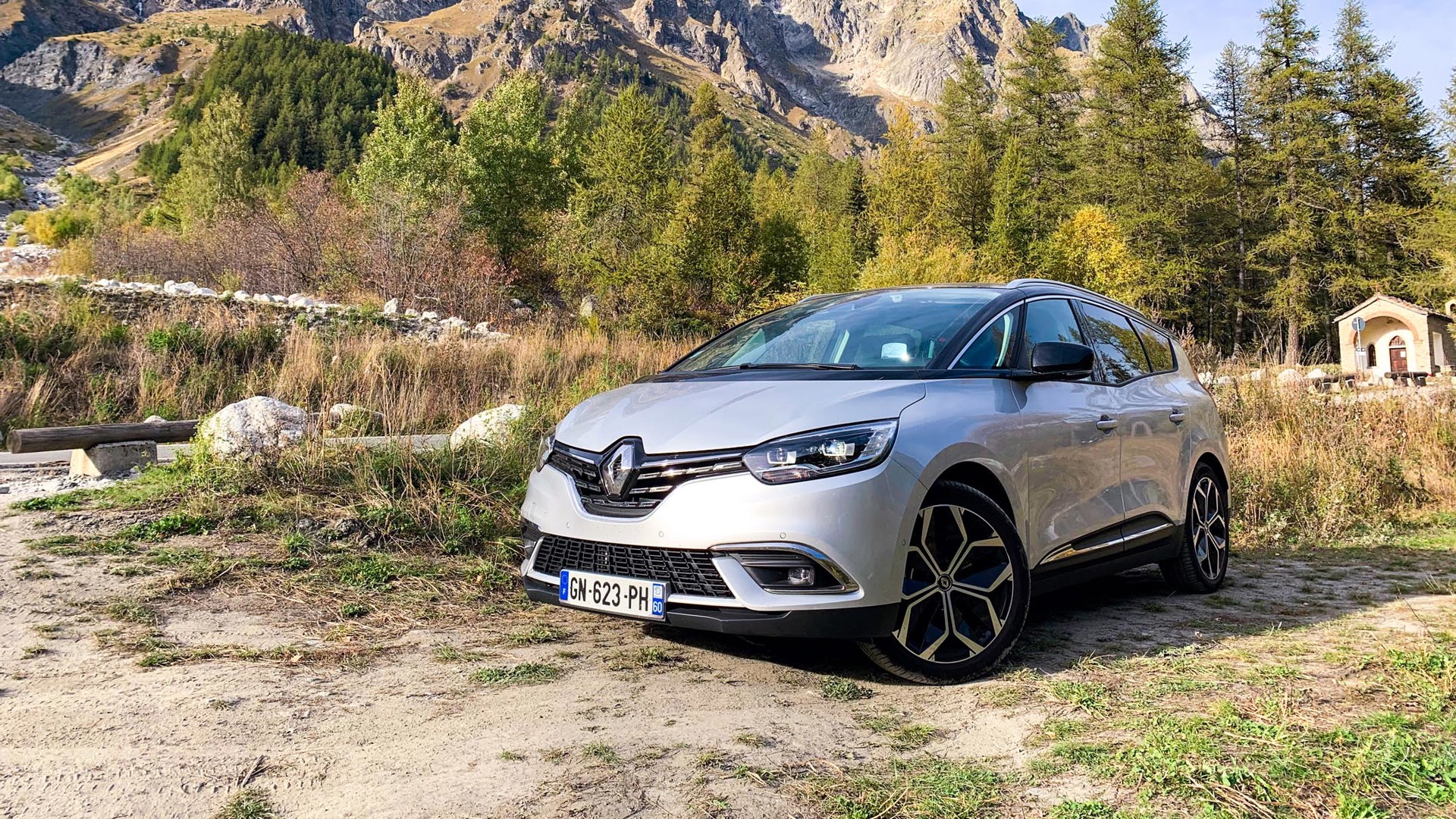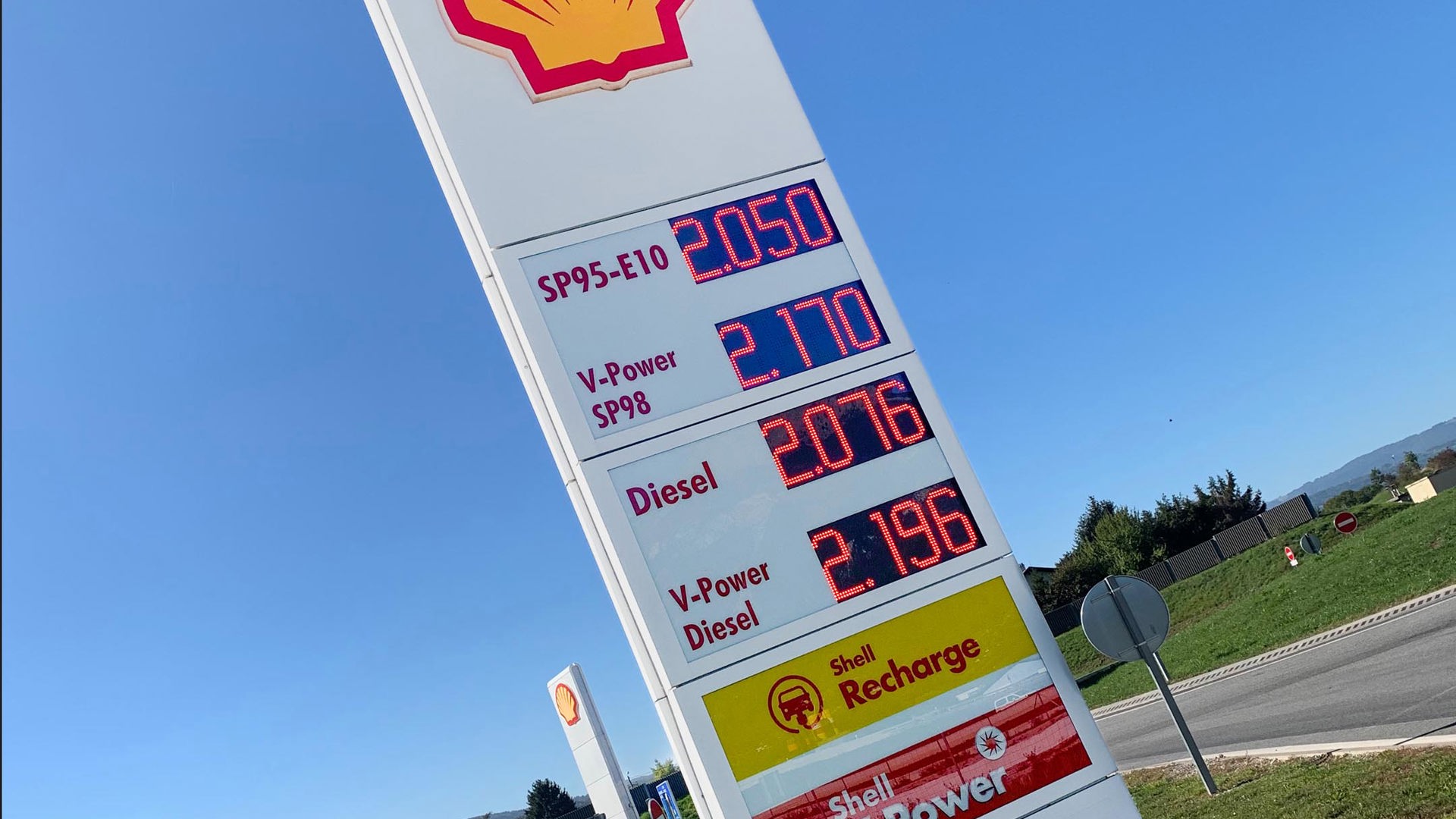Whether you’re looking forward to renting a car for a vacation in Europe or if your bucket list includes a no-holds-barred drive on the world-famous Autobahn, you’ll need to wrap your mind around the unique challenges that come with driving a vehicle on the other side of the Atlantic. Here’s what to expect.
Pack Light
If you’re renting a car, the first thing you’ll notice is that most European vehicles are smaller than what we’re used to here in North America. On a recent trip to France and Italy, we needed a vehicle that could carry six passengers and we found that our choices were very limited.
The vehicle we ended up renting was a Renault Scenic, which technically had room for seven, but in reality, squeezing six people into the vehicle along with luggage required the expertise and precision of a Tetris master. My advice: Pack light when going to Europe. Regardless of the vehicle you rent, cargo room is likely going to be very limited.
Narrow Streets and Tight Parking Spots
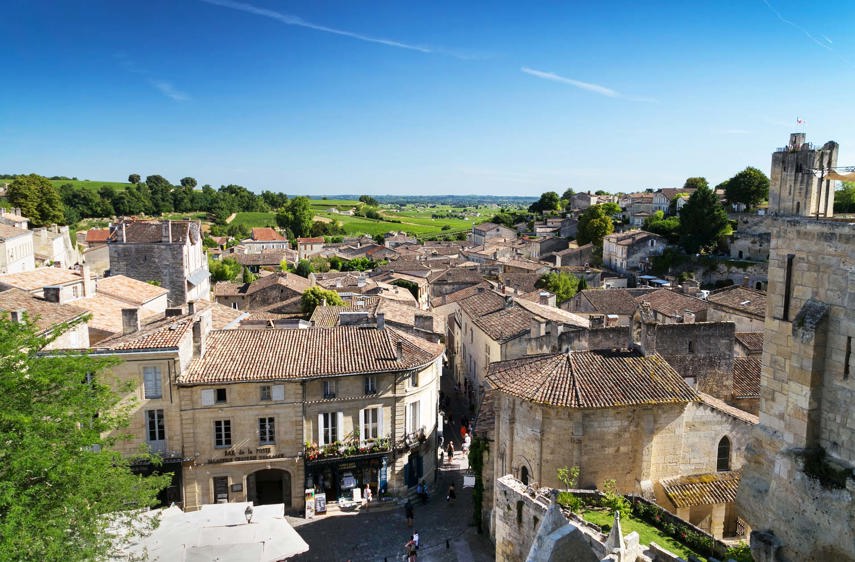
One of the first things you’ll notice when you drive off with your newly rented car is how narrow most European streets are. Keep in mind that Europe is ancient and that modern roads were an afterthought, which is why they’re not always as spacious as you’d like them to be.
Major cities like Rome or Paris are especially difficult to drive in. Locals seem to follow unwritten rules of conduct that are completely baffling to vacationers who are just visiting. People don’t stick to their lanes, and personal space is not a concept they’re familiar with. In some cases, you’ll be driving so close to the vehicle beside you that you could literally open your window and high-five the other driver.
Moreover, you’ll have to share the road with bicycles, motorcycles, and mopeds, none of which seem to follow any rules that would make sense here in Canada. Like mosquitos, they swarm around you, especially when you’re waiting at a red light, as they jockey for a position that will allow them to speed off the moment the light turns green.
Then there’s the dreaded roundabouts, which take some getting used to. Some roundabouts are pretty simple to navigate, while others have so many exits and so many lanes that you really need to pay attention to where you’re going.
While driving through the city centre in Lyon, France, we came across another hair-raising situation: intersections without stop signs. Instead, just one of the roads had a yield sign, which meant that you only had to slow down as you approached the intersection to make sure no vehicles were coming from the other direction. The locals had no trouble with the concept, but we had to get used to it.
Once you get to your destination, you’ll need to find a parking spot, which is easy to do outside city centres but an almost impossible task in the city core. In Turin, Italy, we found that many locals parked on the grass and the curb just because regular parking spots were impossible to find. We couldn’t figure out when it was OK to park on the grass or the curb, and we’d likely get a ticket in either case, so we drove around until we found an underground parking lot.
Freedom on the Freeways
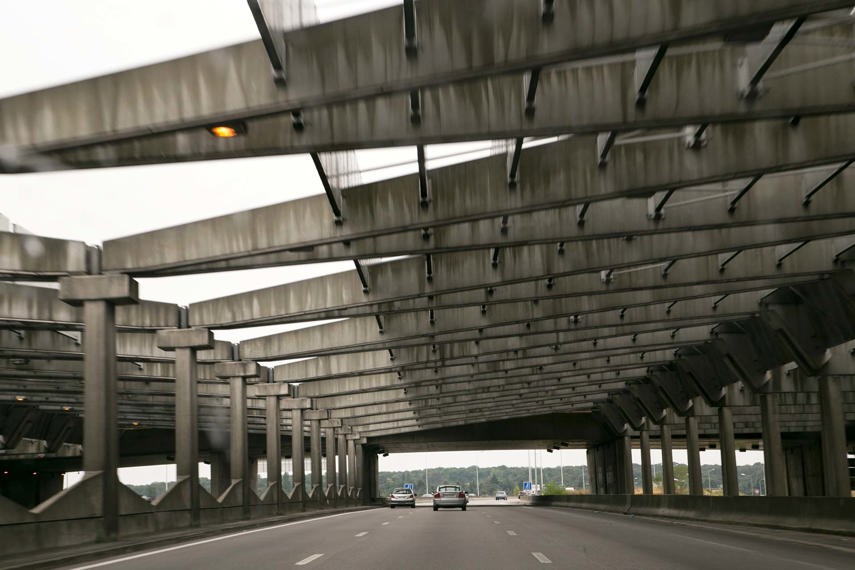
Once you get out of the major cities and onto the freeways, you’ll be delighted to know that speed limits in places like France and Italy are 130 km/h. And if you can’t stand people who hog the left lane here in North America, you’ll also be delighted to know that most Europeans respect the fact that the left lane is for passing only.
That said, if you’re going to venture into the left lane to pass, you’ll want to make it quick because not everyone sticks to the 130 km/h speed limit. In fact, if you take too much time passing another vehicle, you may find an exotic sports car on your tail, lights flashing, as the driver tries to get you out of their way.
Speed Cameras
If you’re wondering how these vehicles get away with driving way over the speed limit, they’re simply well aware of where all the speed cameras are. Unlike here in Canada, speed cameras are everywhere in many parts of Europe. You’ll seldom see a police officer at the side of the road with a radar gun, but you’ll come across speed cameras both in town and on the freeways.
Locals know where these cameras are, so they drive like the wind until they get to the next one. If you’re just visiting, you’ll want to obey all speed limits, or you might find a speeding charge on your credit card a few weeks after returning from your vacation.
Abiding by local speed limits, by the way, is easier said than done. We drove through some city centres where the limit was a ridiculous 30 km/h. That’s slower than a school zone here in Canada.
Tolls and Pain at the Pumps
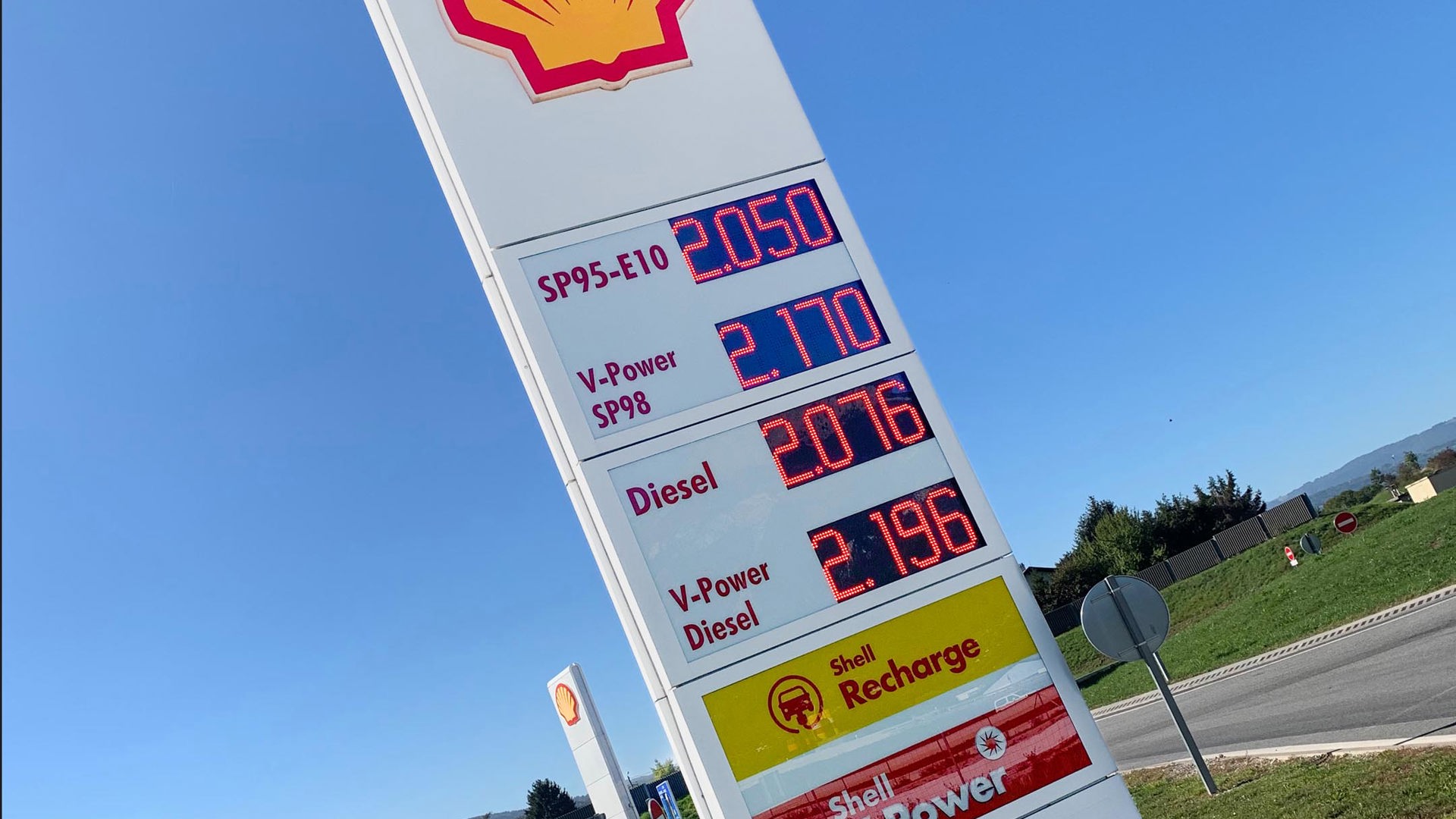
One of the reasons why European cars are so small is because fuel is so expensive. During our drive through France and Italy, we paid an average of about €2.10/litre for gasoline. Translated into Canadian currency, we were paying about $3/litre. That’s enough to make you want to hug a gas station attendant the moment you get back to Canada and thank them for only charging you a buck-something for fuel here.
You’ll also want to budget for tolls. European freeways are very well maintained, but that maintenance costs money. Our 306-km drive from Lyon, France, to Turin, Italy, included $250 CDN in tolls.
Finally, before you head off on your European adventure, you’ll want to stop by your local CAA and get yourself an international driver’s permit. You won’t need it to rent a car (you’ll need your regular driver’s licence for that), but you will need an international permit if you’re ever stopped by the local police.
And speaking of police, you’ll also want to educate yourself about European traffic signs and what they mean. Besides the stop sign, which is universal, they have different signs for “no parking” and “no stopping,” and their speed limit signs are different as well.
In some jurisdictions, you’ll come across “no access” signs or in some cases “access only for certain vehicles.” Here again, if you don’t understand the sign, you might end up with a ticket in the mail.
Driving in Europe can be both confusing and exhilarating. It’s an adventure you won’t soon forget and an experience that’s well worth investing in. Bon voyage!
